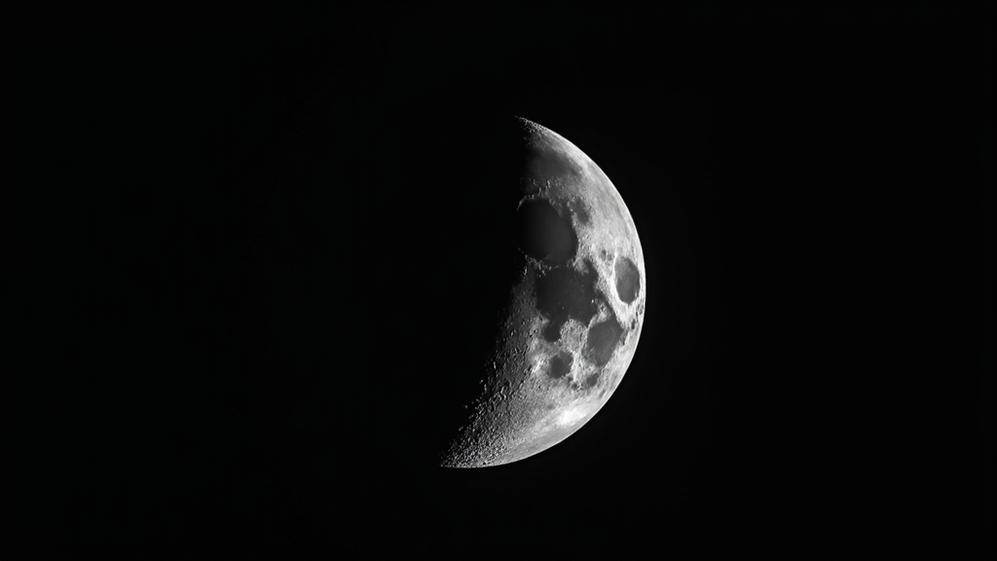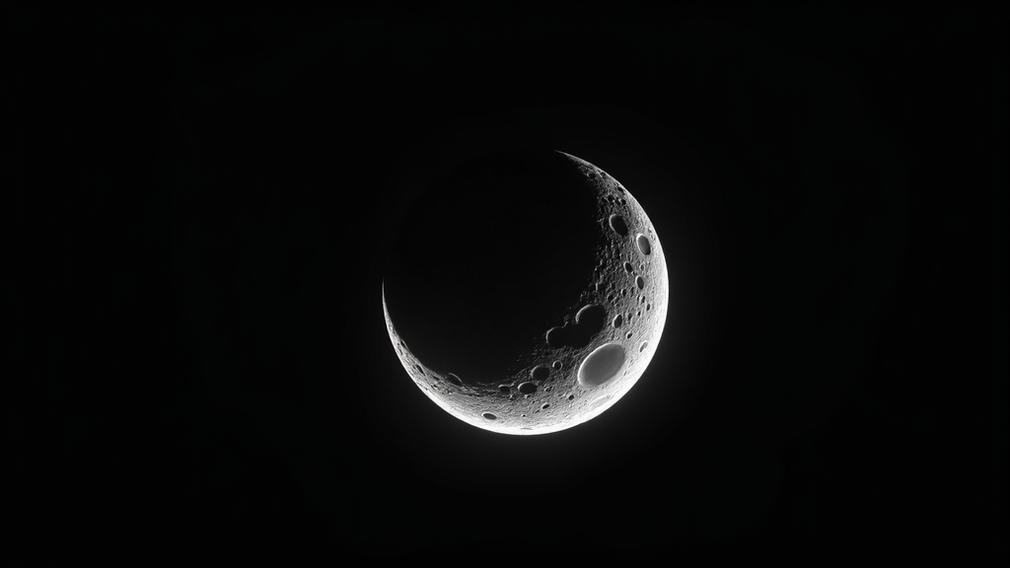Mimas: Facts, Discovery, Orbital Period, Name, Ocean
Mimas is Saturn’s 20th largest moon, orbiting at 185,520 km from the planet. It measures 486.3 km in diameter and consists primarily of water ice and organic material. Mimas features a prominent Herschel crater and potentially harbors a subsurface ocean. William Herschel discovered Mimas in 1781, and it has been studied by Voyager 1, 2, and Cassini-Huygens missions.
Mimas orbits Saturn at a distance of 125,000 miles, completing one orbit every 22.6 hours. Mimas is the smallest astronomical body rounded by its own gravity. Its heavily cratered surface includes the Herschel crater, spanning about one-third of its diameter. The moon is tidally locked to Saturn, always showing the same face to the planet. Recent analysis suggests Mimas harbors a hidden liquid ocean beneath its icy shell, estimated to be 12-18 miles deep.
What is Mimas?
Mimas, Saturn’s 20th largest moon, orbits at 185,520 km. Discovered by William Herschel in 1781, Mimas measures 486.3 km in diameter. Composed of water ice and organic material, Mimas features a prominent Herschel crater. Voyager 1, 2 and Cassini-Huygens missions studied this rounded satellite. Mimas potentially harbors a subsurface ocean, indicating geological activity.
Mimas body consists of water ice and darker organic material. Mimas definition classifies it as a natural satellite of Saturn, orbiting at an average distance of 185,520 kilometers from the planet. Mimas craters indicate a history of asteroid and comet impacts. Mimas has a thin exosphere of oxygen, nitrogen, and carbon dioxide. Astronomers study Mimas using spacecraft and ground-based telescopes to understand its role in Saturn’s system and its potential for harboring a subsurface ocean.
What are some Mimas moon facts?
Mimas moon facts are listed below.
- Mimas is Saturn’s seventh-largest moon with a mean diameter of 396.4 kilometres.
- Mimas is the smallest astronomical body rounded by its own gravity.
- Mimas has a heavily cratered surface, with a large crater called Herschel spanning about one-third of its diameter.
- Mimas orbits Saturn at an average distance of about 125,000 miles, being the closest major moon to the planet.
- Mimas has a semi-major axis of 185,520 kilometers and is not perfectly circular.
- William Herschel discovered Mimas in 1789.
- Scientists designate Mimas as Saturn I.
- Mimas is tidally locked to Saturn, always showing the same face to the planet as it orbits.
- Mimas completes one orbit around Saturn every 22.6 hours.
- Mimas has a surface area of approximately 493,647.75 square kilometers.
- The surface of Mimas is composed primarily of water ice mixed with darker organic material.
- Recent analysis suggests Mimas harbors a hidden liquid ocean beneath its icy shell. The potential ocean is estimated to be about 12-18 miles deep. This discovery has increased scientific interest in studying Mimas’ potential habitability.

When was Mimas moon discovered?
Astronomer William Herschel discovered Mimas on September 17, 1789. Herschel used his 40-foot reflector telescope for the discovery. Mimas was the sixth known moon of Saturn, expanding astronomers’ understanding of the Saturnian system. Voyager missions later provided detailed information about Mimas’s composition, geology, and orbital characteristics, revealing its distinctive “death star” appearance.
Mimas was first imaged by Voyager 1 spacecraft in 1980. Voyager 1 revealed Mimas’ “death star” appearance on November 12, 1980, providing the first close-up images of its heavily cratered surface. Mimas has a massive impact crater named Herschel, measuring 130 kilometers in diameter.

Mimas harbors a subsurface ocean beneath its icy crust. Scientists announced the discovery of this subsurface ocean on Mimas in 2024, based on data provided by the Cassini spacecraft. Mimas has a composition of water ice and darker organic material. Mimas orbits Saturn at an average distance of 185,520 kilometers, completing one orbit in 22.6 hours.
What is the orbital period of Mimas?
Mimas completes one orbit around Saturn in 0.942421959 days. Sidereal orbital period measures Mimas’s revolution relative to fixed stars. Mimas orbits Saturn at an average distance of 185,520 kilometers. Orbital speed averages 14.28 kilometers per second. Mean inclination is 1.53 degrees relative to Saturn’s equatorial plane.
What is Mimas named after?
Mimas is named after a Giant in Greek mythology. John Herschel officially named Mimas in his 1847 publication “Results of Astronomical Observations made at the Cape of Good Hope.” Mimas fought against Olympian gods during the Gigantomachy. Mimas was a son of Titans Uranus and Gaea, brother to Atlas and Prometheus.
Does Mimas have an ocean?
Researchers discovered a subsurface ocean on Mimas, Saturn’s moon, in 2014. Mimas has a liquid ocean beneath its icy shell. The ocean consists of water and ammonia. Scientists believe the ocean is 10-15 km thick. The ocean is in contact with Mimas’ rocky core. NASA’s Cassini spacecraft provided gravitational data for the discovery.
Mimas has a cratered surface composed primarily of water ice. The surface temperature of Mimas is -200°C, making it one of the coldest places in the solar system according to Spencer et al. (2006). Mimas’s interior structure consists of a rocky core surrounded by a thick layer of ice. Lissauer et al. (1984) studied Mimas’s interior structure, suggesting a layer of liquid water beneath the ice crust.
Tobie et al. (2010) estimated Mimas’s ice crust to be 30-40 km thick, with the underlying ocean extending to a depth of 100-150 km. Mimas has a differentiated interior with a density of around 1.15 g/cm³, as measured by Porco et al. (2005). The presence of a subsurface ocean raises possibilities about conditions for potential life, although Mimas’s ocean is relatively young, estimated to be 5-25 million years old.

